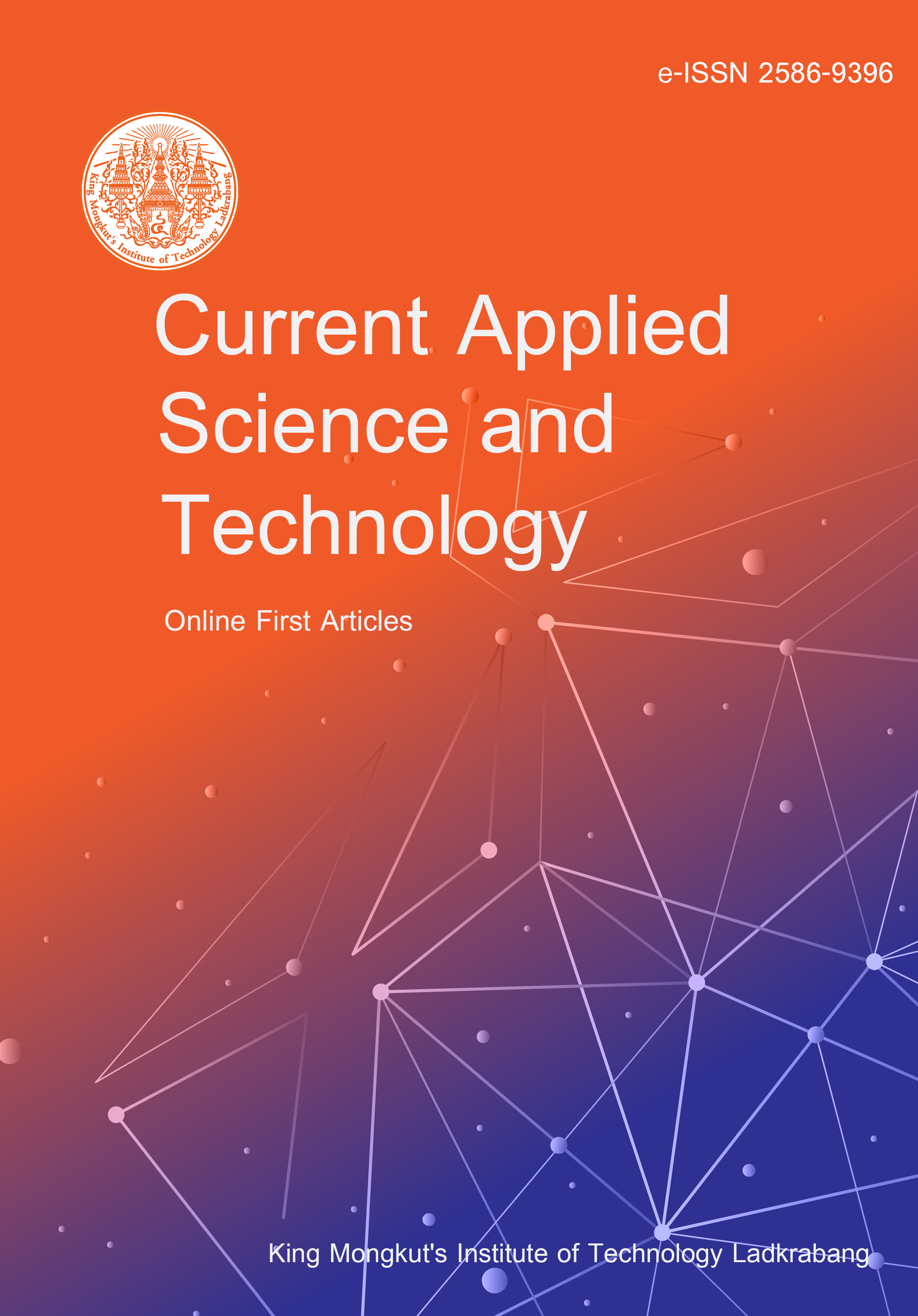This study investigated the effects of different sulfur fertilizers and nitrogen levels on the agronomic performance and fatty acid profile of safflower. The experimental treatments included sulfur application at varying rates and sources: S0 (no sulfur application), S25 (25 kg ha-1 sulfur from elemental sulfur, ES), S50 (50 kg ha-1 sulfur from ES), ZS25 (25 kg ha-1 sulfur from zinc sulfate, ZS), and ZS50 (50 kg ha-1 sulfur from ZS). Nitrogen was applied at three levels: N0, N40, and N80 (0, 40, and 80 kg ha-1 nitrogen from urea fertilizer). The experiment was conducted in Baneh, Iran, in 2021. The entry-by-tester (treatment-by-trait) biplot analysis, which accounted for 80% of the observed variability, identified the N80-ZS50 treatment as the most effective in enhancing key traits, including yield, oil content, and specific fatty acids such as linolenic acid. Additionally, other unsaturated fatty acids, including oleic, linoleic, and arachidic acids, exhibited higher concentrations under the N0-S50 treatment. A positive correlation was observed between fatty acid composition, oil content, and protein, as well as among various agronomic traits. Based on overall performance and trait differentiation, N80-ZS50 emerged as the optimal treatment, followed by N80-S25. Trait discriminative analysis highlighted stearic acid, oil content, and linolenic acid as key determinants in safflower evaluation. These findings underscore the significant influence of sulfur and nitrogen fertilization on safflower characteristics, demonstrating the benefits of their combined application. The N80-ZS50 treatment (80 kg ha-1 nitrogen and 50 kg ha-1 sulfur from zinc sulfate) is recommended to enhance safflower performance in upland semi-arid regions.
Sabaghnia, N. ., & Janmohammadi, M. . (2025). Evaluation of Sulfur and Nitrogen Utilization on Agronomic Traits and Fatty Acid Profiles of Safflower Using a Tester Biplot Model. CURRENT APPLIED SCIENCE AND TECHNOLOGY, e0264396. https://doi.org/10.55003/cast.2025.264396

